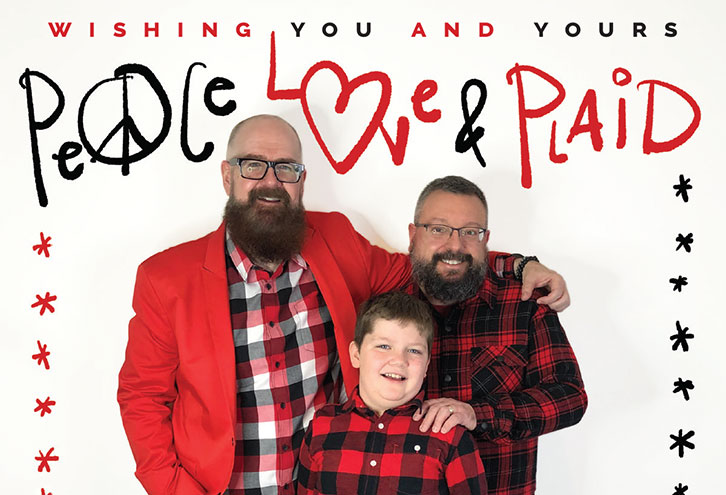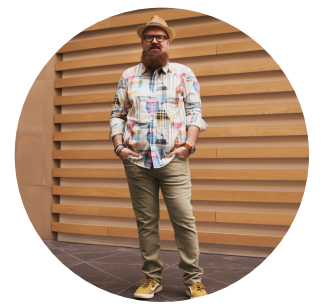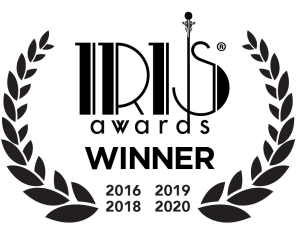As parents, we’ve had to have a lifetime of difficult conversations with our kids, all within the last 12 months. Few of these are talks we’d ever expected to have, much less in such a short time span. Luckily, kids can be amazingly resilient.
Yet this resiliency doesn’t happen on its own. It comes from having those hard discussion with authenticity. It comes from creating a safe space for children to express and experience their emotions, and then helping them find their way past.
If you’re like me, you’re making things up as you go — extreme on-the-job training. Yet modeling authenticity is vital to both ourselves and our kids. Whether it’s peer pressure to drink or watching a rage-filled mob overrun the US Capitol, teaching our children how to respond to life — regardless of what it throws at us — is one of the most important jobs we have.
What is Toxic Positivity?
It’s the overgeneralization of a happy, optimistic state that can result in denial, minimalization and invalidation of authentic emotional experiences.
While there’s a temptation to let the past year make us throw up our hands in hopelessness, there’s also a danger of toxic positivity. I’ll admit I’d never heard of “toxic positivity” until recently, however I immediately understood and related to it.
The amount of pressure I’ve felt to be the ideal dad has been suffocating at times. I know much of this is self-imposed, nevertheless there are real (but unrealistic) expectations placed on parents by our peers, the media and society in general. As both a gay dad and adoptive parent, I’ve experienced this in multiple ways. The LGBTQ community fought a long time to gain our rights to marry and create families. And we continue to have to justify deserving equality (or even existence) — so the fear of “screwing it up” can be overwhelming. I’ve also had to grapple with a common fear among adoptive parents — that with one misstep my child could be taken away or will want to return to his biological parents.
Online Authenticity
Trusted friends, therapy and blogging have helped me work through these. Yet I still struggle, particularly when it comes to social media. While I can be more nuanced with my writing, visual mediums like Instagram are a greater obstacle. When I’m struggling with my son, my marriage, my mental health, I tend to go dark. If you follow me on social media and notice I haven’t posted in a few days (or weeks), now you know why.
At times I’ve tried to push through and share something cute or fun or positive, but it always feels fake. And during times like this last year, I even go so far as to unfollow accounts that are too cheery, too perfect. When I see only joyful faces, it feels like ignoring what’s going on in the world is borderline insulting. I know there’s a balance somewhere, however I’m still trying to find it.
The rare time I was able to muster some honest expression, I invariably found I was not alone. Even so it was all largely virtual commiseration. As the months of isolation and health scares and online learning and political upheaval dragged on, it became more and more arduous to find ways to combat the boredom, to find joy. You can only do so many puzzles.
Photo Ops & Family Traditions
One small way I was able to inject a bit of fun was when my son’s school had Spirit Week. Typically a biannual event, more were added this year — for obvious reasons. I knew just dressing up for his zoom classes might still be a drag for my son — so I turned it into a family activity. Jon and Papa were both good sports as I dressed them in funny hats, silly outfits and leftover Halloween costume pieces, depending on the day’s theme. Taking and posting the photos made for a quick way to interrupt the monotony, as well as create a moment of family bonding.
I once again wrestled with authenticity when it came time to do our Christmas card. As a designer, I truly enjoy creating our cards. Normally it’s a great way to encapsulate the year — but this time was a real challenge. I didn’t want to completely ignore what we’d all lived through, but also didn’t want to send something too dour or cynical. More than anything, I didn’t want to send one of those “here’s all the amazing stuff we accomplished” holiday letters that are annoying in any year. I wanted a way to commemorate the year genuinely, but still with a bit of cheer. I thought of our Spirit Week photos and the card’s concept was born.
Our inordinate amount of red and black plaid provided the wardrobe, and our basement was the photo studio. We did a “formal” group photo as well as some playful solo shots (more funny hats!). I then surrounded us with doodles of our favorite holiday traditions, foods and songs. Things that had even more significance this year.
Inside was this message:
What can we say about 2020?
Quite a lot, actually. Yet instead of listing all the weird, scary and unbelievable things we (and everyone else) experienced last year, we decided to don our best lumberjack drag, take some fun photos, and surround ourselves with what we love most about this time of year. Even cooped up in quarantine, we’re more thankful than ever for all we have—which includes you! So until we can hug again in person, we wish you and yours all the love, peace, health and happiness you can handle. And also plaid.
Looking at the final product still makes me smile — and makes me realize how much we take for granted. While I missed the big family gatherings, parties and concerts of past Christmases, I was reminded of what I can hold more closely now. That, in turn, allowed me to look forward to an eventual return to normalcy.
Speaking of toxic positivity, authenticity… and doodling
One bright spot in the last 12 months has been working with Responsibility.org. Recently we had our final session of 2020 — all about having truthful conversations with our kids. Moderated by middle school counselor and author, Phyllis Fagell, this chat was my favorite of all. Each of the parents on the call shared their struggles with unmet expectations, revisiting rituals (holiday and otherwise) and dealing honestly with it all. As we spoke, graphic storyteller Nikki Kurt illustrated our discussion in real time. Using words, pictures and doodles, she brought to life our individual and shared experiences in a way that was clever and enlightening. Check out the time-lapse video from our talk below.
Finding Balance, Looking to the Future
This past year posed so many challenges. Not just in living through them, but discussing them with our kids — as well as navigating how to share it all on social media. How do you balance the serious and the silly, the positive and the positively terrifying?
It’s first about being true to yourself. Practicing self-care. Having supports in your life and offering support to others. Once you’re honest with yourself, you can be the same with your children.
Toxic positivity is damaging because it doesn’t allow us to fully experience things in a truthful way. That doesn’t mean that every emotion has to be on full display — either to our kids or on social media. However, it also doesn’t mean we have to pretend everything’s okay when it’s not. That helps no one. My soul needs a bit of snark and mess and anger mixed in with the cute and adorable and inspirational. And I need to keep talking to my kid about how to allow for all that, to know that he’s in a safe place. That way we can both learn how to not only move on, but to thrive and grow and have things to look forward to — even if we can’t quite see what or when that will be.
. . . . . . . . . . . . . . . . . . . . . . . . . . . . . . . . . . . . . . . . . . . . . . .
Responsibility.org is all about responsible alcohol choices. Please check out their site for valuable info for parents and non-parents alike. An important fact: parents are the leading influence on a child’s decision to drink (or not drink). When conversations about alcohol between parents and kids increase, underage drinking decreases.
As a brand ambassador for Responsibility.org, I am being compensated to write this post. However, all opinions are my own.






